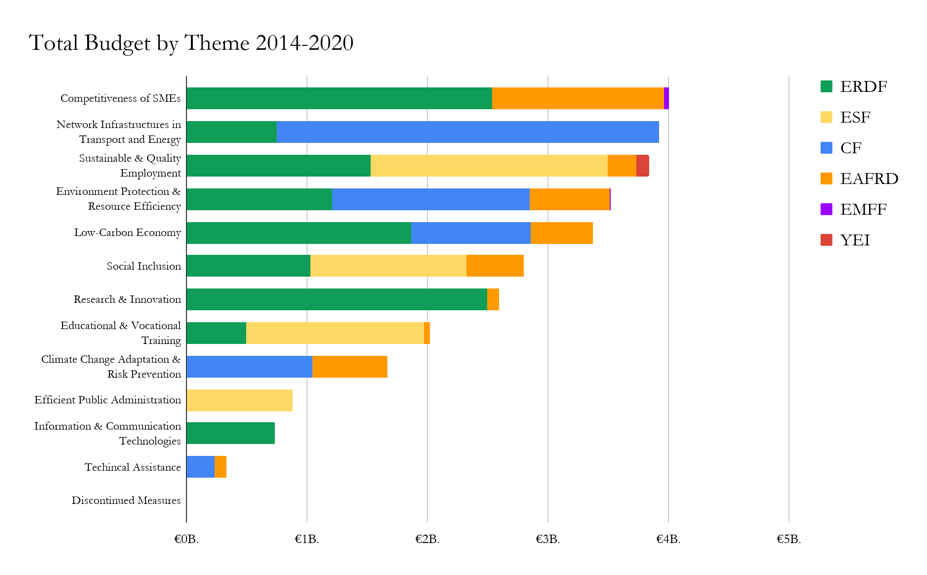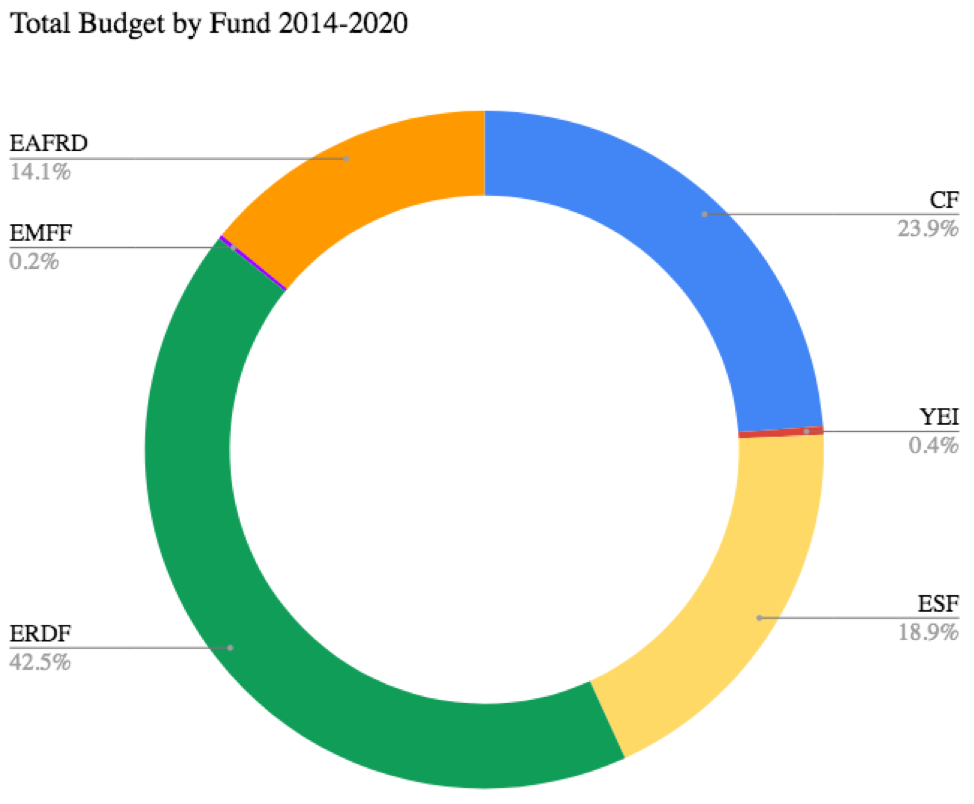News
Country Profile | Hungary

For the 2014-2020 financial framework of European Structural and Investments Funds, Hungary was allocated a total of €25 billion, which, added to a national contribution of €4.6 billion, see the Hungarian Republic reaching a total budget of €29.6 billion to be invested in various areas.
In fact, this budget is intended to be used through 9 national and regional programmes to:
- Enhance the innovation activity and competitiveness of businesses in urban and rural areas;
- Improve the quality and accessibility of business infrastructure as well as direct capacity expansion;
- Promote the development of social enterprises of marginalised communities and individuals;
- Provide support to modernise the agricultural, fisheries and food sectors, encourage cooperation between farmers, support young farmers and develop short supply chains;
- Contribute to strengthening the labour market by helping disadvantaged job seekers to return to the open labour market;
- Improve workers’ skills throughout their careers to help them find work in a changing job market;
- Support ICT development and increase broadband coverage;
- Support the shift towards a low-carbon economy;
- Improve disaster resilience and disaster management services;
- Strengthen natural protection and the restoration of degraded ecosystems;
- Improve transport links, including railway lines, waterways, tram lines, metro lines and suburban railway lines;
- Contribute to the reduction and prevention of poverty;
- Improve public education and health care systems.
The Hungarian government has been focused on investing the budget of the European Structural and Investment Funds mainly to improve the competitiveness of small and medium enterprises in world markets with €4 billion coming mostly from the European Regional Development Fund (ERDF) (€2.5 billion), but also from the European Agricultural Fund for Rural Development (EAFRD) and the European Maritime and Fisheries Fund (EMFF).

Relevant to the government’s agenda is also an upgrade of national infrastructures, focused on transport and energy grids. In fact, almost €4 billion are destined to address this topic, with €3.2 billion and €750 million coming from the Cohesion Fund (CF) and ERDF respectively. As shown in the chart above, other targets for the government of Hungary are the increase of sustainable and quality jobs, environmental protection and transitioning to a low-carbon economy. To create new, long-lasting jobs the European Social Fund (ESF), the ERDF, the EAFRD and the Youth Employment Initiative (YEI) have allocated respectively €1.9 billion, €1.5 billion, €230 million and €100 million. For the two other targets, environmental protection and low-carbon economy transition, the ESI Funds have assigned a combined total budget in the area of €7 billion.

In order to exhaustively understand the composition of the EU funding budget of the Hungarian government, Chart 2 breaks down the amount of money that each Fund is giving to the country, by showing their share in the €29.6 billion budget.
The largest share belongs to the European Regional Development Fund (ERDF), with 42.5% and €12.6 billion assigned to Hungary. The Cohesion Fund (CF) also holds an important role in the funding opportunities for the Hungarian government, with €7 billion of possible investments and a share of 23.9%. Third is the European Social Fund (ESF) that sees an allocation of €5.6 billion towards social topics and a share in the total budget of 18.9%. The shares of the European Agricultural Fund for Rural Development (EAFRD), Youth Employment Initiative (YEI) and European Maritime and Fisheries Fund (EMFF) are 14.1%, 0.4% and 0.2% respectively, which translated into financial investments accounts for €4.1 billion, €100 million and €50 million.
In the matter of absorption rate, Hungary has assigned all of the available funding from the European Structural and Investment Funds, scoring 100% and all of the €29.6 billion allocated to selected projects, and has reached 33% of spent funding, meaning that €10 billion have already been spent; this percentage is relatively high, especially considering that the European average is 28%.
However, all that glitters is not gold: in 2018, European Commission inspectors found widespread irregularities in EU-financed projects in Hungary, and withheld development funds worth more than €1.5 billion. In addition, the inspectors found serious irregularities in 25 of the 29 projects they had examined, increasing concerns on the management of EU funding in the country.
In conclusion, the Hungarian government has been performing relatively well regarding EU funding absorption, but great improvements must be adopted when it comes to administration procedures and funding assignment frameworks, in order to ensure that no other funding will be blocked in the future.






